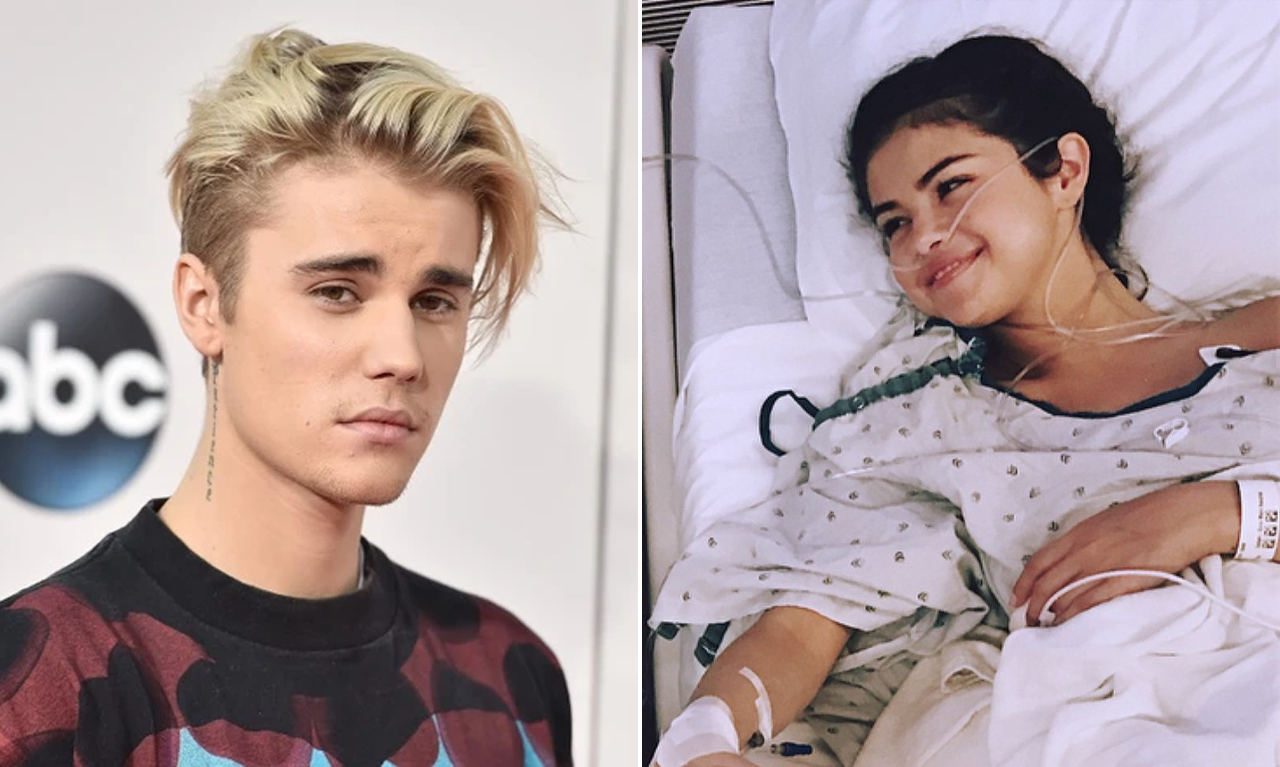Selena Gomez—one of the brightest stars of her generation—is not only known for her powerful voice, heartfelt acting, and global branding campaigns. Beyond her glittering entertainment career, Selena has earned admiration for her incredible courage and her battle against the life-threatening autoimmune disease, lupus. In 2017, she moved the world when she revealed that she had undergone a kidney transplant due to complications from the illness—a moment that not only changed her life, but also resonated deeply with millions around the globe.
A Challenging Childhood and the Road to Stardom
Born on July 22, 1992, in Grand Prairie, Texas, Selena Gomez was raised by a single mother. Her mom, Mandy Teefey, had Selena when she was just 16 years old, struggling to raise her under tough economic conditions. From a young age, Selena was drawn to the stage and first appeared on the children’s program Barney & Friends. Her big brown eyes and natural charisma quickly caught the attention of casting agents.
As a teenager, she was discovered by Disney and soon became a household name through her role as Alex Russo on the hit show Wizards of Waverly Place. With her natural acting talent, Selena solidified her status as a teen idol, while also launching a music career. But behind the spotlight was a young girl facing immense pressure, anxiety, and later, a harsh personal health crisis.
Lupus – The Silent Enemy
In 2015, Selena publicly revealed that she had been diagnosed with lupus, an autoimmune disease that causes the immune system to attack the body’s own tissues and organs. For Selena, it significantly impacted her kidneys and overall well-being. Prior to the announcement, rumors swirled about her stepping away from the spotlight due to burnout or depression, but the truth was far more serious.
In an interview with GQ, Selena said, “I was constantly exhausted. Every morning felt like a battle just to exist, but I never wanted anyone to see me as weak.” She silently endured chemotherapy, immunosuppressive medications, and long periods of isolation due to treatment side effects.
2017: The Life-Changing Kidney Transplant
The peak of her health crisis came in 2017 when her kidneys began to fail. Her doctors warned that a transplant was necessary to save her life. In a miraculous twist of fate, her close friend—actress Francia Raisa—stepped forward and offered to donate her kidney.
The transplant was ultimately a success, but not without serious complications. Selena later revealed on the Today Show that an artery broke during the procedure, and she had to undergo emergency surgery to save her life. “I woke up with a long scar on my abdomen, but I was alive. I knew I’d been given another chance.”
Following the operation, Selena posted a photo on Instagram of her and Francia holding hands in side-by-side hospital beds. She wrote, “There are no words to describe how I can possibly thank this beautiful friend of mine. She gave me the ultimate gift. She saved my life.” The moment deeply touched millions of fans and raised significant awareness about lupus and organ donation.
Rebirth Through Music and Social Impact
After her recovery, Selena didn’t just return to music—she returned with more depth and vulnerability. Her ballad Lose You to Love Me wasn’t just a commercial success; it was an emotional declaration of healing, closure, and self-love. The song topped the Billboard Hot 100, affirming that genuine emotion resonates more than ever.
In addition to her artistic work, Selena has dedicated herself to humanitarian efforts. She launched Rare Beauty, not just as a makeup brand, but as a movement promoting self-acceptance and mental health. A portion of the brand’s profits supports the Rare Impact Fund, which helps young people access mental health services.
Selena also became a vocal advocate for mental health awareness. From discussing her struggles with anxiety and depression to revealing her bipolar diagnosis, she has consistently emphasized the importance of emotional wellness. “I’m not ashamed. I understand myself now, I’ve accepted myself—and I hope others can do the same,” she said during a virtual mental health summit.
A Legacy of Strength and Vulnerability
Today, Selena Gomez is no longer just an entertainer—she is a role model for a generation of individuals who crave authenticity and resilience. With over 400 million followers on Instagram, she uses her platform not for vanity, but to share positive, honest, and compassionate messages.
She once said, “I don’t want to be remembered only for my music or acting. I want to be someone who made a difference.”
And indeed, Selena is making that difference every day. Through her music, her brand, her vulnerability, and her grace, she has inspired countless people to persevere through pain, to love more deeply, and to live more consciously.
Conclusion
Selena Gomez’s story is not just one of fame or success—it’s a testimony to human strength, the power of friendship, and the ability to rise again after unimaginable trials. From a Disney starlet to a global icon of resilience, she has proved that even in the face of illness, despair, and fear, one can find purpose and beauty.
In a world often driven by perfection and facades, Selena’s openness about her health struggles and emotional battles reminds us that true courage lies in vulnerability—and that healing is a journey worth sharing.






